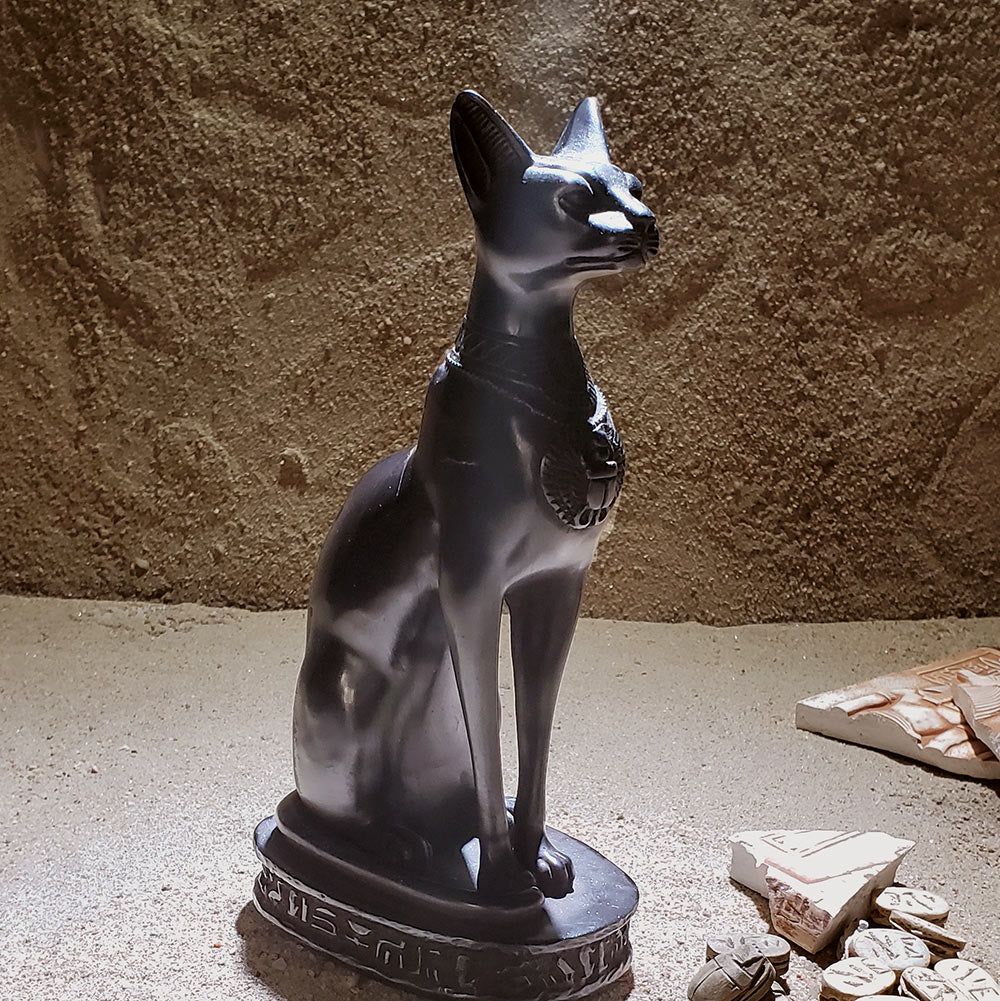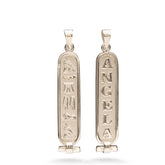Unveiling the Past: A Visit to the Grand Egyptian Museum in Cairo
Cairo's Museum of Islamic Art: A Journey Through Centuries of Artistic Heritage
Why the Citadel Saladin Should Be on Your Cairo Itinerary
The Art and Craft of Ancient Egyptian Pottery
Exploring Ancient Egyptian Cosmetics
Visiting the National Museum of Egyptian Civilization
Egyptian History: Ancient Egyptian Music and Instruments















